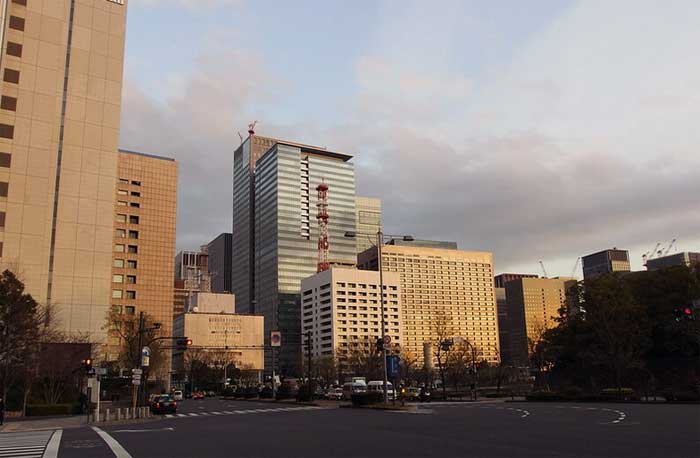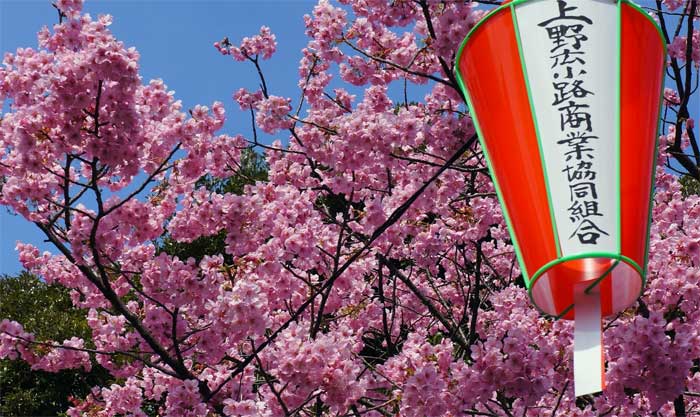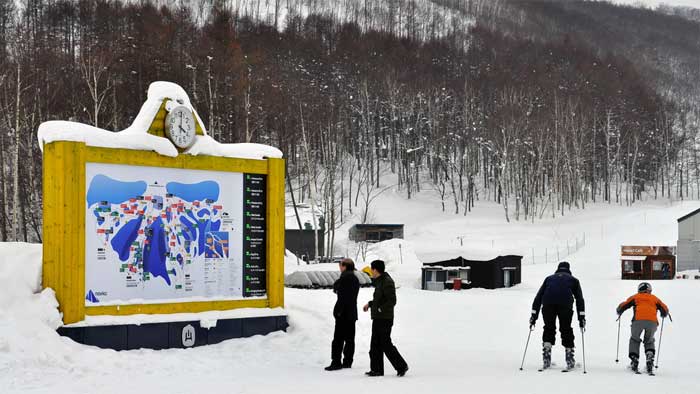One will definitely look with a pair of skeptical eyes when they heard that there is a link between cheap and Tokyo. Tokyo is known as an expensive metropolis with high food cost and skyrocketing rentals which will put much strain in any Tokyo traveller's budget. However, there are ways to get around without having to eat just plain rice every day in order to have a fulfilling Tokyo experience.
First on the list is settling your sleepover needs through the night. Internet sites are very robust and accommodation providers have all gone high tech by listing on webpages. Shop around in the online space many months earlier diligently as room rates can have volatile fluctuations and you may be able to get a good deal depending on current demand and the specific day you are making the booking. More budget accommodations are usually located far away from train hubs and you may have to contend with the noise and smaller room. Some of the highly recommended places include Sanya, described as an old hood located north from Asakusa. Juyoh Hotel has decent clean rooms for traveller with low expectations and requirements. Traveller can also consider Hotel Accela or New Azuma. For those in the Chiyoda (photo) area a cheap stay can be obtained at Sakura Hotel. Browse around travelling sites for good deals.
Getting the best food deals is also essential to satisfy everyone's 3 meal per day requirement. Sushi served on conveyer belts offers reasonably priced sushi made in advance. Tachiqui, or stand up noodle shops offer delicious noodles that is guaranteed to fill your stomach. Sakata is revered as the classic noodle hot spot in Tokyo. Their sanuki udon is also a must try item that will make you wanting more. Street stalls can also be found around Tokyo where you can grab cheap drinks and small bites (think yakitori or grilled skewered chicked). Head over to any of the pubs (aka izakaya) for a quick refreshing alcoholic drink. Lunch hour menu are usually at least half the price compared to dinner menu and you can eat your hearts out by devouring fresh sashimi served at noon. Look out for restaurants having long queues outside as longer line means higher quality food and lower prices. There are vending machines that sell all imaginable items and a can of kirin beer is only half the cost compared to the bar.
Watching movies at cinemas or getting a game at bowling alleys are expensive affairs. Instead head over to Sony building for free console playing sessions for the latest games on their trademark PlayStation consoles. If you really want to watch movies, be sure to ask for offers and discounts available for children, students and senior citizens. Same goes for museum tickets. For nature lover, head over to Imperial Palace for their magnificent East Garden sights for a temporary escape from the hustle and bustle of Tokyo. Entrance is free of charge. If you need to stock up on snacks and toiletries, stop by large supermarkets or 100 yen per item shops that will give you the best bargains over convenience stores. Hunt your souvenirs over at flea markets and antique fairs. One can try out Nogi Jinja or Azabu Juban flea markets.
Do not take taxis unnecessarily and always strive to get by walking around. Ren a bike if possible as there are dedicated bicycle lanes all over the city. Always keep in mind the operating hours of subway where they halt their lines from midnight to 1am. Save you budget from taxi rides and use the subway to get around. For those wanting a complete tour of the city, you can always purchase a Rail Pass offered by Japan Railways. That way you can reach multiple destinations at a much cheaper fare.
Peak travel season for Tokyo happens around December to January period, late April to early May period and middle of August. If you want to save up, avoid the abovementioned travelling period. Do not procrastinate on looking for the best travel deals online and plan as early as possible. Utilize all great sources for local deals such as local publications Tokyo Journal or Metropolis.




